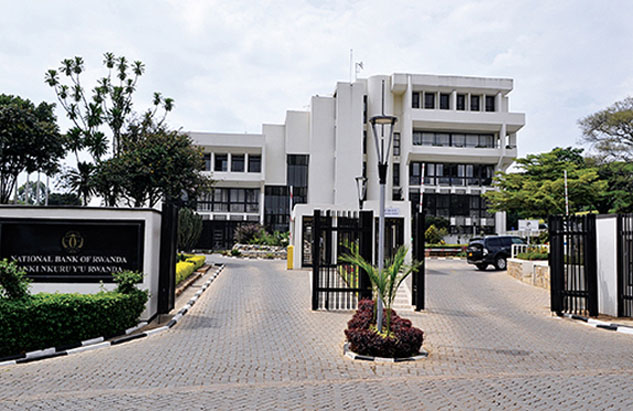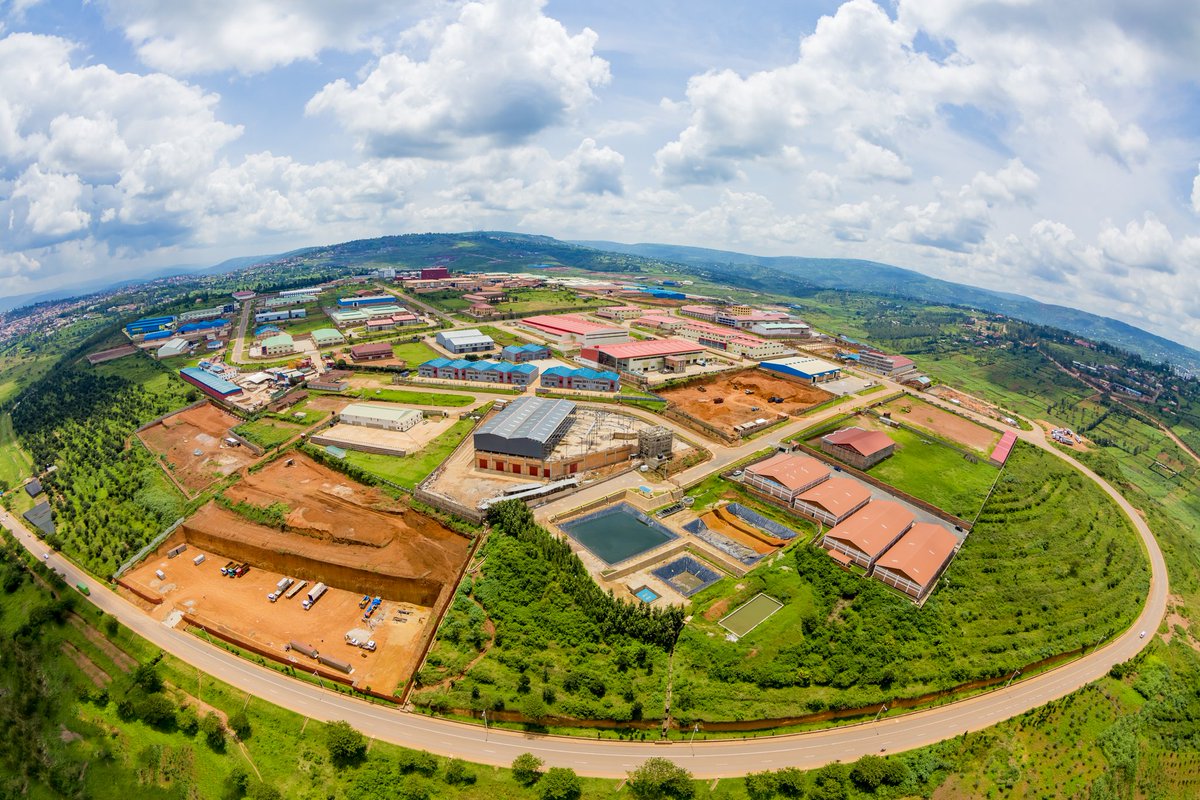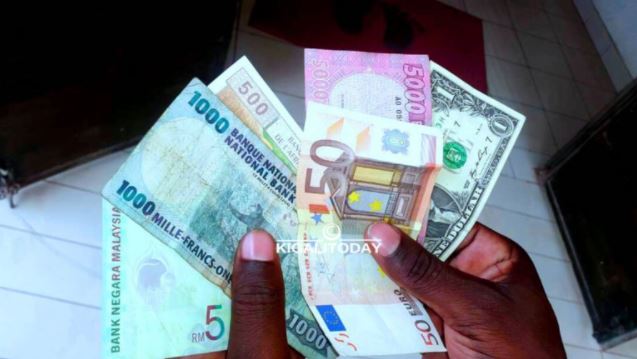
BNR maintained the CRB at 4.5 to boost economic recovery.
The National Bank of Rwanda (BNR) has maintained the Central Bank Rate at 4.5 percent in a bid to support economic recovery, as countries around the world look to rebound from the New Coronavirus impact.
According to BNR, the statutory quarterly Monetary Policy Committee (MPC) meeting which was held on February 18, reviewed the outcome of its previous decisions based on the recent economic developments and the outlook at the global and national level and decided to keep the CBR still for another six months.
The Central Bank Rate is a rate the Central Banks charges against loans it offers to commercial banks and does not involve any collateral. It means that when commercial banks have a shortage of funds, they borrow from the central bank based on the CBR.
“Considering that inflation is projected to evolve below the medium-term benchmark of 5 percent in 2021, and acknowledging the need to support the economic recovery, the MPC decided to maintain an accommodative monetary policy stance by keeping the CSR at 4.5 percent to continue supporting the financing of the economy by banks,” the Central Bank said in a statement.
According to estimates published by IMF in January 2021, the global economy contracted by 3.5 percent in 2020, owing to the negative impact of COVID-19. In 2021, the global economy is projected to recover and grow by 5.5 percent.
However, the strength of the recovery is expected to be uneven and unequal across countries depending on factors like access to the COVID-19 vaccine, the effectiveness of policy support, exposure to cross-country spillovers, and pre-existing economic conditions.
BNR said that Rwanda’s real GDP contracted by 4.1 percent in the first three quarters of 2020 compared to a growth of 8.3 percent registered in the corresponding period of 2019. However, the second half of 2020 recorded a gradual recovery, on the back of supportive policy measures and easingCOVID-19 containment measures.
“This recovery is evidenced by the rising trend of the real Composite Index of Economic Activities (CIEA), which increased by 9.4 percent in the second half of 2020 from a contraction of 2.1percent recorded in the first half of 2020,”

The economy is expected to rebound against the COVID-19 impact.
“This domestic economic recovery is expected to continue in 2021, supported by policy interventions to revive business activities, despite the uncertainty around COVID-19 and its containment measures. The roll-out of the COVID-19 vaccine globally and in the country will also enhance private-sector optimism, hence stimulating the recovery in economic activities,” the announcement signed by the Governor John Rwangombwa reads.
Signs of Recovery
The Central Bank said that the accommodative monetary policy stance which has been sustained has contributed to a further reduction in market interest rates,”
“Money market rates were steered around the central bank rate, in the symmetric corridor of ±1percent. with the interbank rate dropping by 11 basis points to 5.35 percent in 2020,”
“During the same period, the average lending rate reduced by 14 basis points to 16.35 percent, which is favourable to continue supporting the economic recovery,” the Central Bank said on Monday.
BNR further said that the monetary sector remained resilient in 2020, owing to supportive policy measures, amid subdued demand for loans by the private sector during the lockdown.
The Central Bank further revealed that broad money (M3) grew by 18.0 percent in 2020 compared to 15.4 percent recorded in 2019, supported by the increase in the outstanding Credit to the Private Sector (CPS), which grew by 21.8 percent from 12.6 percent the previous year.
“The expansion in CPS was essentially driven by the restructuring of loans granted to borrowers whose activities have been negatively affected by the pandemic. and new authorized credit disbursed in 2020,” the national bank said.
Pressure on the Franc
The Central Bank further said that as of December 2020, the FRW had depreciated by 5.4 percent year-on-year against the USD, from a depreciation of 4.9 percent in December 2019.
“Pressures on the Rwandan franc came during the second half of the year, following the resumption of economic activities and the increase in the demand for foreign currencies amid lower foreign inflows,”

The Franc continued to depreciate against the dollar especially when economic activities were restored last year.
“However, the foreign exchange market is expected to remain stable, with adequate foreign exchange reserves held by NBR covering 5.9 months of imports as of December 2020,” BNR said.
As initially projected by BNR, headline inflation dropped to 5.0 percent in the 4th Quarter of 2020 from 9.0 percent recorded in the 3rd Quarter of the same year.
“This decline reflects a significant drop in core inflation, following the downward revision of public transport fares in October 2020, and a deceleration in prices of fresh food products reflecting favourable agricultural production in season A/2021,”
“In 2021, headline inflation is projected to evolve around the lower bound of 2.0 percent owing to subdued inflationary pressures. Risks that may divert the headline inflation from the projected baseline path include the performance of agriculture in seasons B and C 2021,” BNR observed.
The MPC said it will continue to closely monitor domestic and global economic conditions and stands ready to take appropriate measures if and when necessary.

